You may spend the whole afternoon following a recipe to perfectly bake a cake from scratch for it to sink in the middle—a total heartbreak. You may wonder what may go wrong with your steps. To solve the dilemma, here is a list of reasons for you to determine the cause of why your hard work did not pay off.
Worry not because this write-up will help you understand why your cake sinks in the middle, and everything will be perfect the next time you bake. Without further ado, let’s get to the bottom of things and discover the reasons for nothing but sunken cake!
The Top Six Reasons Why Do Cakes Sink
1. Underbaked Cake
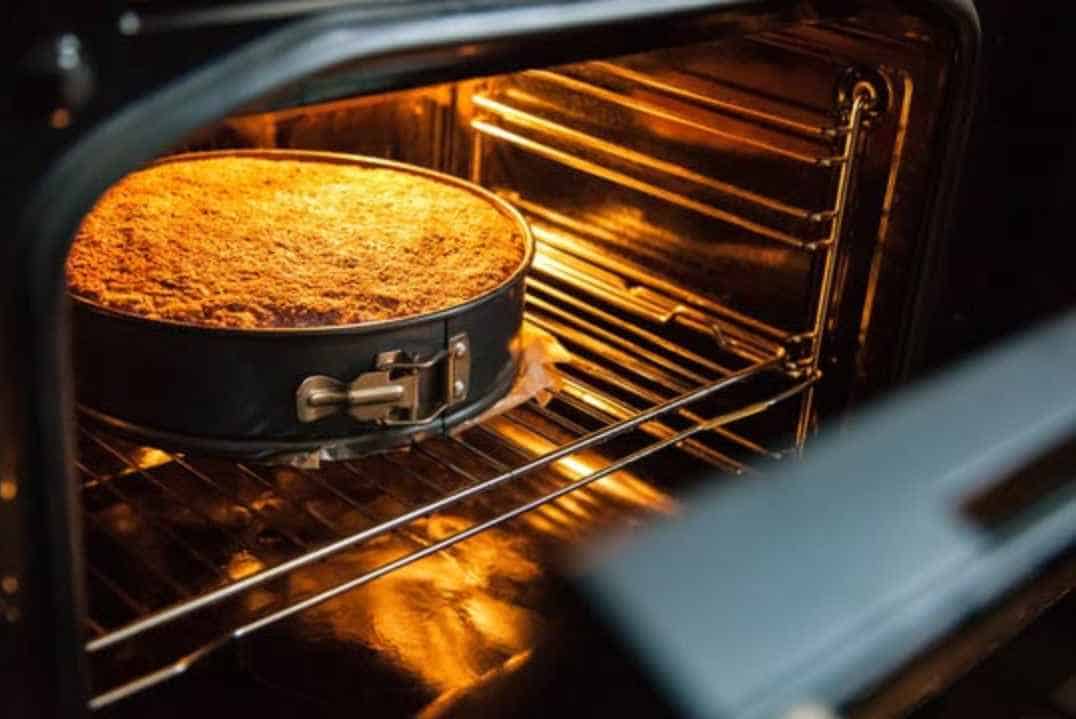
The most probable cause of having a cake with a sunken middle is due to underbaking. Taking out the cake from the oven and not checking if it’s done results in a high probability of having this problem.
Leaving the cake inside the oven long enough should always be done to attain perfection; if the recipe tells you to bake it in 30 minutes, do so.
Before baking, the batter is poured into a baking pan which is heated from the outer part to the inner part of the pan.
This means that the middle part of the cake lastly receives the heat. Therefore, taking the pan too soon shows a significant risk of the cake sinking in the middle, which did not receive too much heat to be cooked further.
2. Overmixed batter
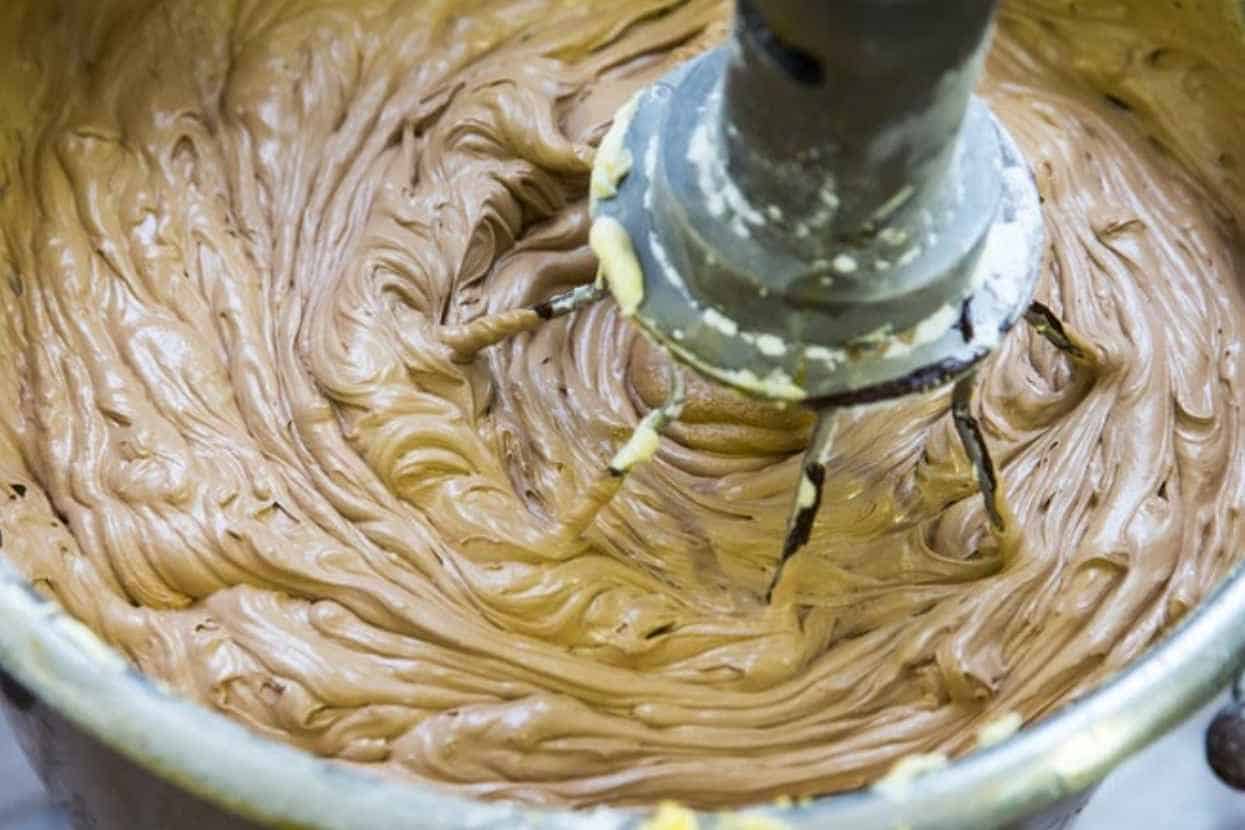
Being careful with mixing ingredients is not a problem unless you overmix your batter. You may overlook the desired time for mixing or just want to ensure everything is thoroughly combined, but this could lead to overmixing, affecting its texture and taste.
Mixing is crucial because once you exceed, there is nothing to make it better unless mixing other ingredients. An overmixed batter leads to a dense cake, making it fragile because the protein structure has been weakened by mixing.
This would cause the cake collapse and create a sink in the middle of it. Gemma Stafford has visually presented different effects and how overmixing affect the cake.
3. Incorrect Oven Temperature
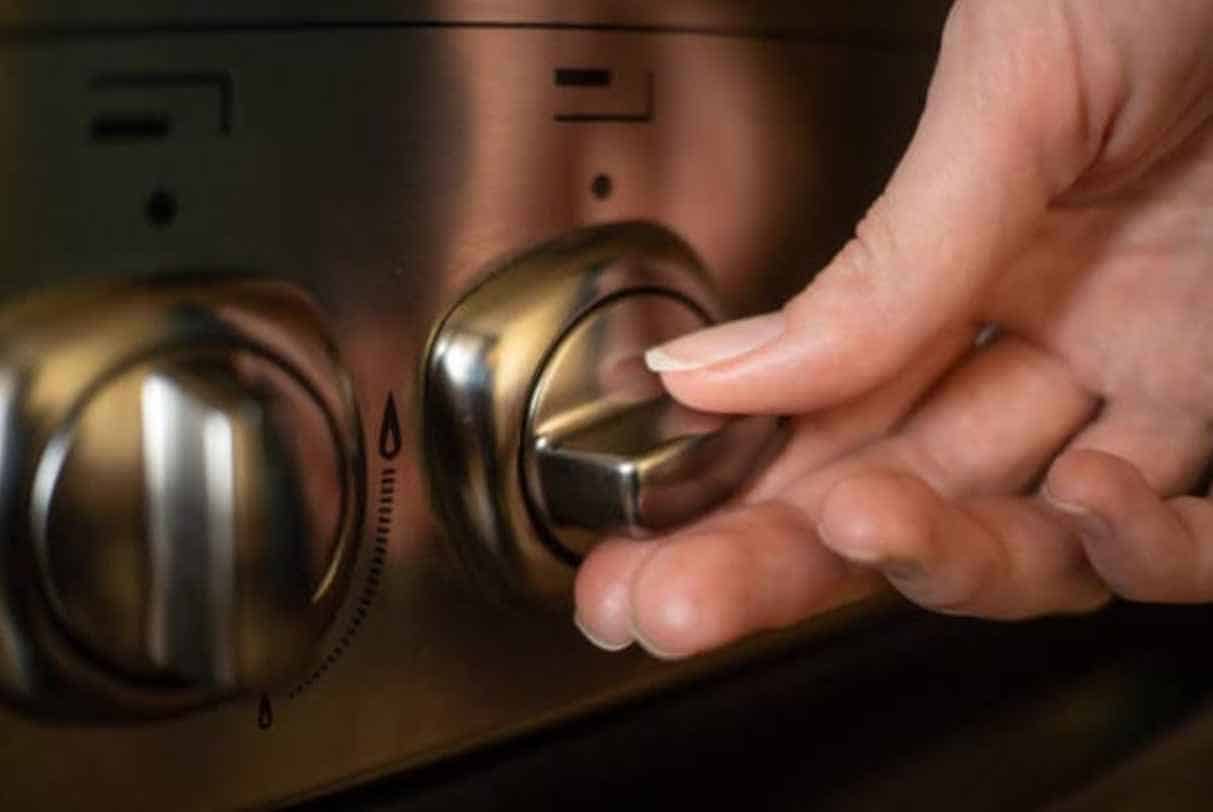
Using the wrong temperature will make your cake go awful. If the oven is too hot for the batter, it will rise too fast and sink afterward; This results from having burnt sides of the cake, while the middle part seems underbaked.
Having it not too hot, on the other hand, will slow the process of raising the batter. This would make the baker think the cake has been in the oven too long, resulting in underbaking if it is taken out.
Aside from this effect, there are still various negative effects of baking at the wrong temperature; Medina has further discussed the effects and concept of this situation.
4. Opening the oven during baking

You may feel excited about your cake that you keep looking at the oven window and have that urge to open and check it. Still, one of the top tips in baking includes remembering not to open the oven while baking.
During baking, the cake rises with the oven’s heat; If you open the oven door, the cold air rushes inside, stopping it from rising. This would later result in a sunken cake because of its inability to rise because of the moisture and air that came from outside the oven.
It is suggested to leave the batter inside the oven for ¾ of the suggested baking time, and that is when you can open the oven for checking. This step is simple and worth doing, especially since we aspire to have that soft batter.
5. Using expired leavening agents
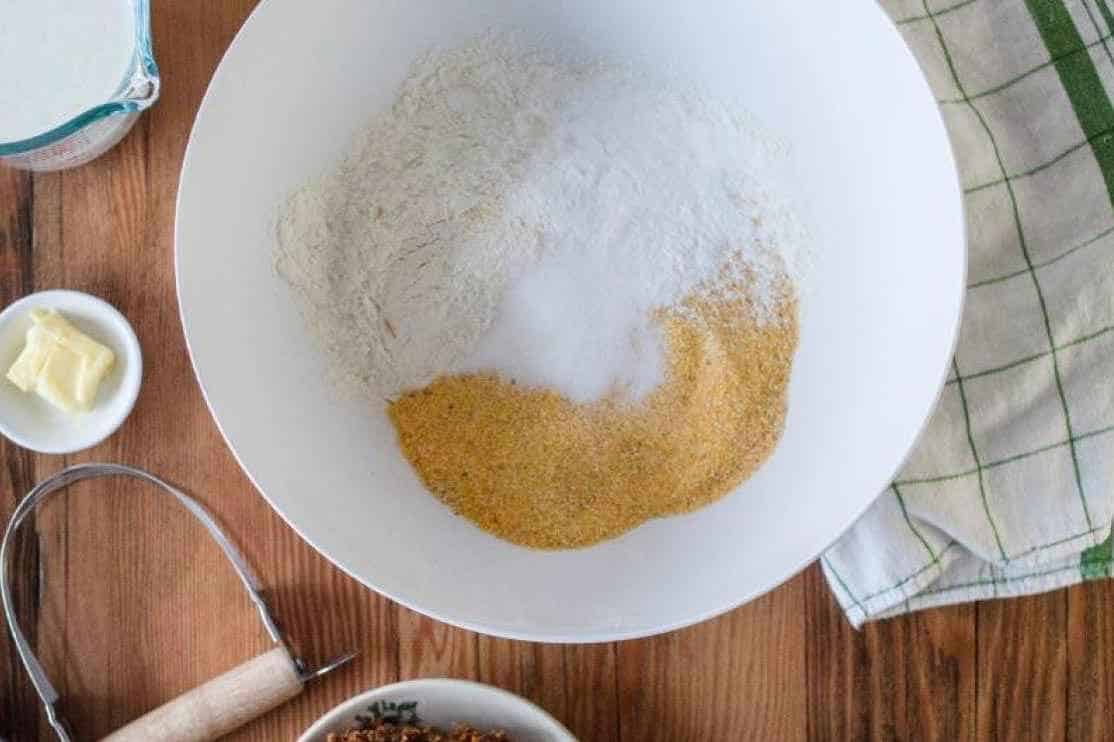
After being careful with all the requirements to get that perfect cake, it is still insufficient—maybe because something is not working. The baking powder for your batter may be in the proper amount, but does it do its work?
These leavening agents would determine the cake’s right rise, texture, and structure, and an expired one would not be as efficient as those that aren’t. To tell if these leavening agents are still okay to use, check this blog by Sweets Thank you.
It is essential to check all the labels of the ingredients, especially the important ones, before baking, and storing these ingredients properly would also improve our baking life.
6. Incorrect Pan Size
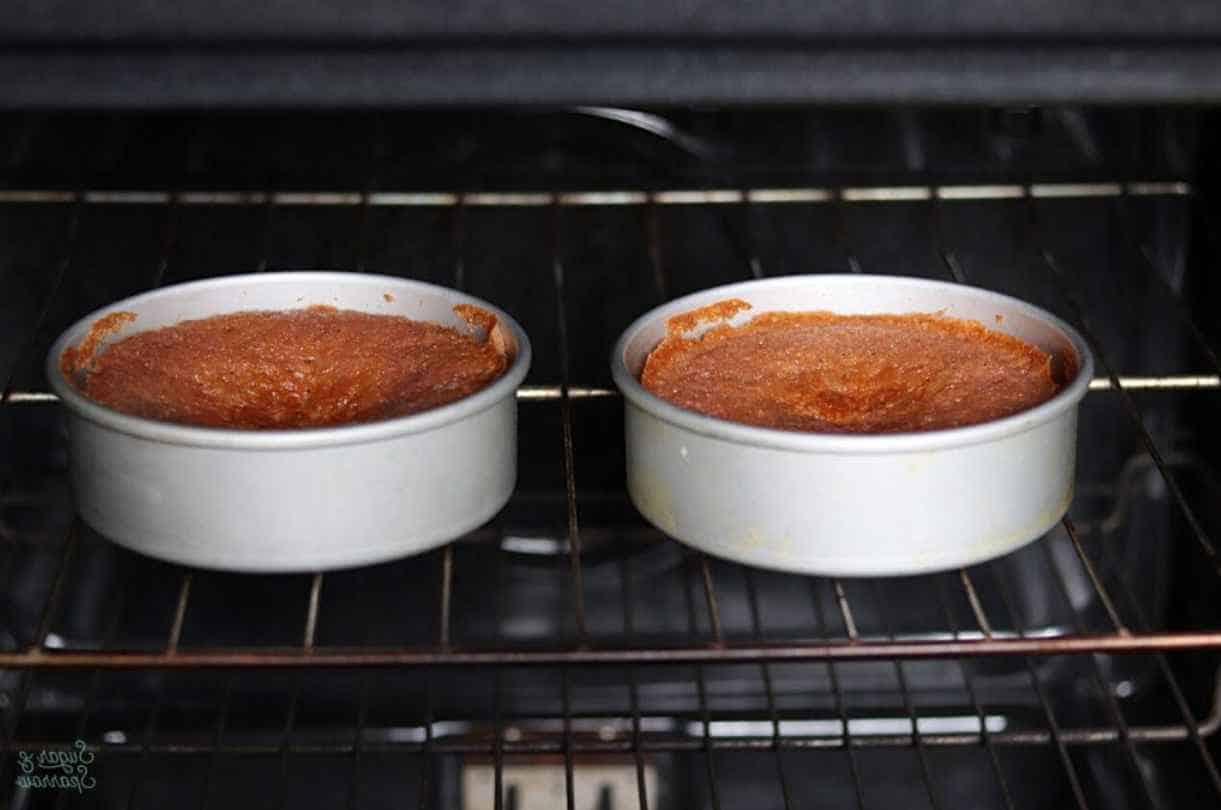
Cakes desire to be baked in suitable pans, and finding the specific pans for cakes would be a game changer. A good cake pan is one of the secrets to having a great cake; This includes a pan that conducts heat equally, allows the batter to expand, and is light enough to keep it delicate.
If you only have one small pan, you might use that and pour the batter and overfill it, which would make it undone even if the time duration is due and done.
If the recipe you follow indicates the pan size you will be using, you better grab something similar. As we now know, that underbaked cake would result in a cake with a sunken middle.
How to Prevent Sunken Cake? (Guaranteed Tips & Tricks to Follow)
Use room temperature ingredients
In preparing all the ingredients needed for baking, it is essential to have them all at room temperature unless specified. All ingredients, including eggs, milk, butter, and creams, must be at a neutral temperature to be adequately mixed.
This is not indicated in baking recipes, but having all ingredients at room temperature is a rule of thumb to achieve seamless batter. This will prevent batter curdling, which could further lead to overmixing, which we avoid.
Make batter properly
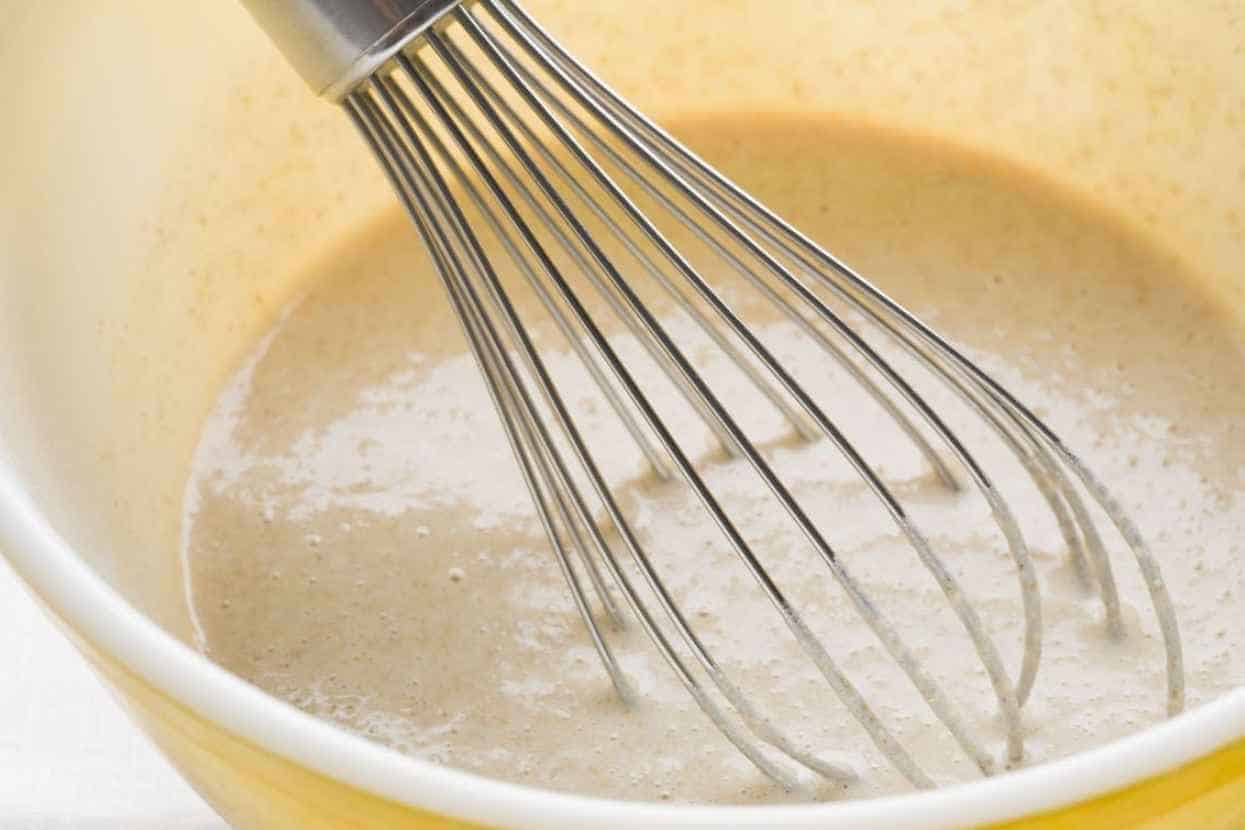
The batter is the lifeline of the cake as it determines the results of the cake. Preparing the batter correctly would make a lot of difference, avoiding having a sunken middle. In doing so, use the room-temperature ingredients for the batter and carefully mix them all.
For instance, you have put flour in the batter and mix it until the flour is not naked to the eye; Stop when you notice that it is fully immersed in the wet ingredients. Do not exceed longer than the preferred mixing time if it is not specified in the recipe.
You may use the fold-in technique, which combines two mixtures to make better cake consistency.
Check proper measurements of ingredients
Following a recipe should be taken seriously, including its measurements; Wrong measurements will most likely lead to a different result. This might be the cause of your struggle in having sunk middle, unfluffy cakes, and unstable cake layers.
It is essential to use the proper measurements of the ingredients as it determines the success of the texture and taste of the cake.
Following the proper recipe instructions and determining its measurements is an essential step in baking. To execute this step correctly, use appropriate measuring tools for wet and dry ingredients. For further tips in measuring ingredients, I scream for buttercream made it easier to learn!
Using the correct baking temperature
In the baking recipe, a specific temperature is needed to attain the perfection of the cake. Preparing the oven to get that particular temperature when putting the batter inside; therefore, preheating is necessary. Cakes are usually baked under 150-160 degrees Celsius, but it is still dependent on which type of cake you bake.
Always be mindful of the temperature and do not rush baking the cake by putting it on high heat as it leads to burn outside and uncooked batter inside, which could lead to the sinking of the cake.
A Quick Fix for Your Sunken Cake
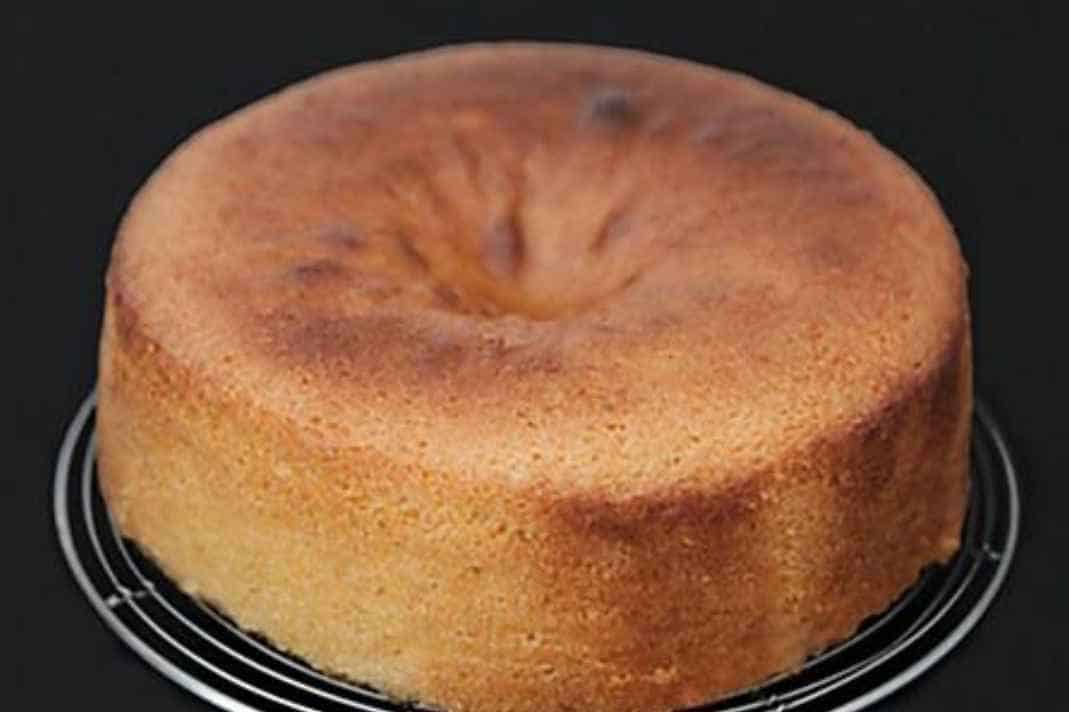
Level all layers
A sunken cake has uneven layers. The quickest resolution is to cut off the higher levels and layer them evenly on the sunken part of the cake. This would quickly aid the cake by stacking the leveled cake altogether is still possible for frosting and decorations.
Fill it with frosting
If you do not want to cut the excess layers, you may want to fill the sunken part with frosting and create an appearance of having the perfect face. You could also serve it with jams, fruits, chocolates, and other toppings that would suit the flavor of the baked cake.
Final Thoughts
Panic would no longer be your best friend in case you end up with this situation because you are now familiar with the reason for having a sunken middle part of the cake.
A quick review of the article presents that the major contributing cause for having such cake is underbaking, overmixing, wrong temperature, and expired leavening agents.
On your next baking session, be mindful of these reasons and apply the suggested tips to start acing your desired cake—whichever flavor you want! May your baking journey be filled with sweetness and fluffiness, just like the cakes you made. If you overcome this cake failure, let us know how well it turned out in the comments.